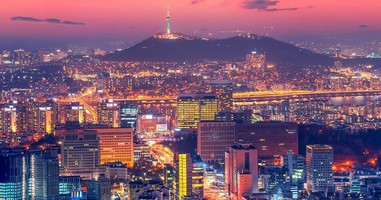
Blogs
Global cities: no secret formula?!
January 17, 2019


Madina Kabdualieva
senior analyst
The rapid development of Asian Tigers (Hong Kong, Singapore, Taiwan and South Korea), which dates back to the middle of the last century, has become a powerful signal for the rest of the “Global South”, convincing most that reducing the gap with the developed world in a relatively short time is real. Urban development was seen as a key opportunity to catch up with the West: a relentless search for a unique recipe that could turn any village into what is now called a “global city” began.
Such a search often results in blind copying of strategies that are absolutely not applicable in another context. Decades later, no analogues of Hong Kong, Singapore or Seoul agglomeration emerged on the world economic map, despite numerous attempts by Latin American and African cities to repeat their success. The construction of the Erestad in Copenhagen is also a striking example of the unsuccessful adoption of the experience of the development of Greater London in England.
At the same time, cities focused on creating added value tend to have a chance of success, becoming an integral part of the economic chain. The diversity of approaches to urban development is reflected in the difference in indicators in which a particular group of cities is the champion (Fig.1). It is noteworthy that no city is dominant in all planes at the same time.
However, if you look at the map, it becomes clear that the vast majority of global cities are characterized by their proximity to the sea, as well as a high degree of connectivity with each other (Fig. 2). It follows that the economic growth of one city requires the organic development of regions close to it, with which it has trade relations. In the case of Kazakhstan's cities, sporadic location throughout the country and lack of access to the sea can be significant barriers to the implementation of strategies used by global cities. This is why Dubai and Singapore, often claimed as development benchmarks for our capital, may not be such desirable landmarks when comparing their demographic, geographical and economic situation with the local one.
Thus, borrowing someone else's experience requires, first of all, an analysis of the applicability of the strategy in the local context, and only then the scale of its action and effectiveness. Moreover, it is necessary to clearly define priority areas of development, which will help to avoid irrational allocation of resources and deeper development of competitive advantages. Astana is not the second Dubai or Singapore, but it does not have to become one. And this is its unique value.
all publications











